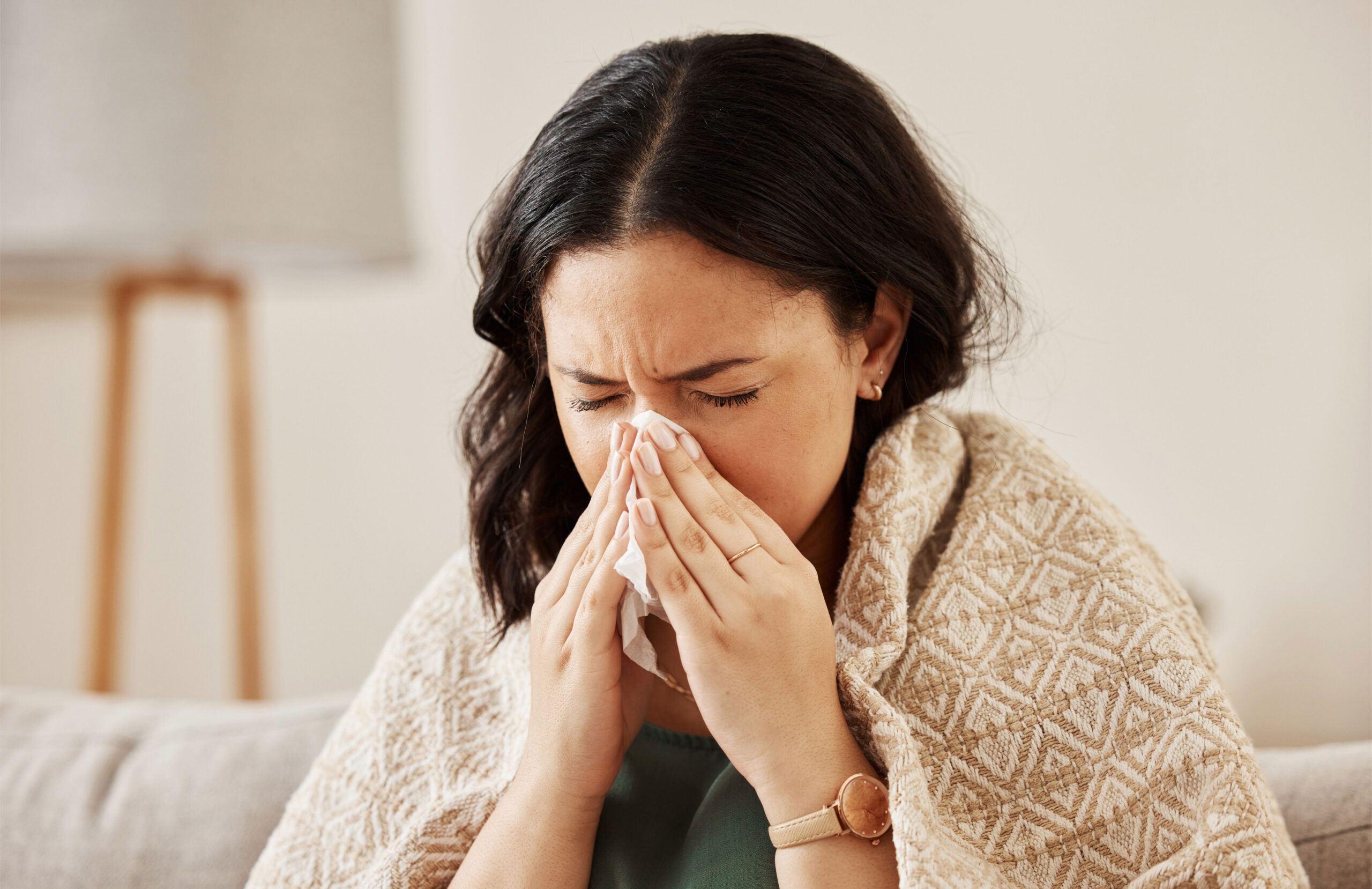Cleaning Tips to Reduce Allergies can turn the comfort of home into a source of discomfort. Sneezing, itchy eyes, and congestion are common symptoms that many people endure due to allergens lurking in their living spaces. However, with the right cleaning techniques and habits, it’s possible to create an environment that promotes clean, allergen-free air. Let’s explore some effective strategies to breathe easier and reduce allergies at home.
Identifying Allergens in Your Home
Common Allergens
Understanding the common allergens present in your home is the first step towards effective allergy management. Dust mites, pet dander, mold spores, and pollen are among the most prevalent triggers for allergic reactions.
Allergen Hotspots
Certain areas in your home serve as hotspots for allergen accumulation. These include bedding, upholstered furniture, carpets, and curtains. Additionally, indoor plants and poorly ventilated areas can exacerbate allergy symptoms.
Effective Cleaning Techniques
Regular cleaning is essential for minimizing allergens and maintaining clean indoor air quality.
Regular Dusting and Vacuuming
Dusting surfaces and vacuuming carpets and upholstery should be done at least once a week to remove dust, pet dander, and other allergens.
Washing Bedding and Curtains
Frequently washing bedding, pillowcases, and curtains in hot water helps eliminate dust mites and pollen that can accumulate on these surfaces.
Cleaning Air Filters
Regularly changing or cleaning air filters in HVAC systems and air purifiers ensures efficient removal of airborne allergens.
Using HEPA Vacuum Cleaners
Investing in a vacuum cleaner equipped with a HEPA (High-Efficiency Particulate Air) filter helps trap tiny allergen particles, preventing them from being recirculated into the air.
Limiting Indoor Plants
While indoor plants can enhance indoor air quality, certain varieties may produce pollen or mold, exacerbating allergies. Opt for low-pollen plants such as spider plants or peace lilies.
Natural Remedies for Allergy Relief
In addition to traditional cleaning methods, natural remedies can provide relief from allergy symptoms.
Air Purifying Plants
Certain indoor plants, such as aloe vera and snake plants, act as natural air purifiers, absorbing toxins and allergens from the air.
Essential Oils
Essential oils like lavender, eucalyptus, and peppermint have anti-inflammatory and decongestant properties, helping alleviate allergy symptoms when diffused into the air.
Salt Lamps
Himalayan salt lamps are believed to emit negative ions, which may help neutralize allergens and improve air quality.
Creating a Low-Allergen Environment
Maintaining a clean and clutter-free living space is key to reducing allergens.
Minimizing Clutter
Reducing clutter eliminates hiding spots for dust and allergens, making cleaning more effective.
Maintaining Optimal Humidity Levels
Keeping indoor humidity levels between 30% and 50% helps prevent mold growth and reduces dust mite populations.
Pet Care
Regular grooming and bathing of pets, along with frequent washing of their bedding, help minimize pet dander in the home.
Avoiding Allergens from Outside
Preventing outdoor allergens from entering your home is crucial for allergy management.
Removing Shoes Indoors
Encouraging family members and guests to remove their shoes before entering the house prevents tracking in pollen and other outdoor allergens.
Using Doormats
Placing doormats at entryways helps trap dirt and allergens from shoes, preventing them from spreading throughout the home.
Keeping Windows Closed
During peak pollen seasons, keeping windows closed prevents pollen from entering the home and exacerbating allergy symptoms.
Investing in Allergy-Friendly Products
Choosing allergy-friendly products can significantly reduce exposure to allergens.
Hypoallergenic Bedding
Opting for hypoallergenic bedding made from materials like bamboo or microfiber reduces the risk of allergic reactions while sleeping.
Allergen-Proof Mattress and Pillow Covers
Encasing mattresses and pillows in allergen-proof covers creates a barrier against dust mites and their allergens.
Non-Toxic Cleaning Products
Using eco-friendly and non-toxic cleaning products minimizes exposure to harsh chemicals that can trigger allergic reactions.
Developing Healthy Habits
Incorporating healthy habits into your routine can further improve indoor air quality and reduce allergy symptoms.
Regular Cleaning Schedule
Establishing a consistent cleaning schedule ensures that dust and allergens are regularly removed from your home environment.
Proper Ventilation
Proper ventilation, such as using exhaust fans in kitchens and bathrooms, helps remove indoor pollutants and allergens.
Using Air Purifiers
Installing HEPA air purifiers in commonly used areas further reduces airborne allergens, providing cleaner air for allergy sufferers.
Conclusion
By implementing these cleaning tips and lifestyle changes, you can create a healthier indoor environment and reduce allergy symptoms significantly. Remember to maintain consistency in your cleaning efforts and adopt habits that promote clean air and allergen-free living.
FAQs
- Can air purifiers completely eliminate allergens from my home? Air purifiers can significantly reduce airborne allergens, but complete elimination may not be achievable, especially in larger homes or areas with high pollen counts.
- How often should I replace air filters in my HVAC system? It’s recommended to replace air filters every 3 months or more frequently if you have pets or allergy sufferers in your household.
- Are natural remedies as effective as over-the-counter allergy medications? Natural remedies can provide relief for some allergy sufferers, but their effectiveness may vary from person to person. Consult with a healthcare professional for personalized advice.
- Is it necessary to hire professional cleaners for allergy management? While professional cleaners can provide thorough cleaning services, regular maintenance and cleaning efforts by homeowners can also effectively manage allergens.
- Can allergies be completely cured? Allergies are chronic conditions, but symptoms can be managed through lifestyle changes, medication, and allergen avoidance strategies.

